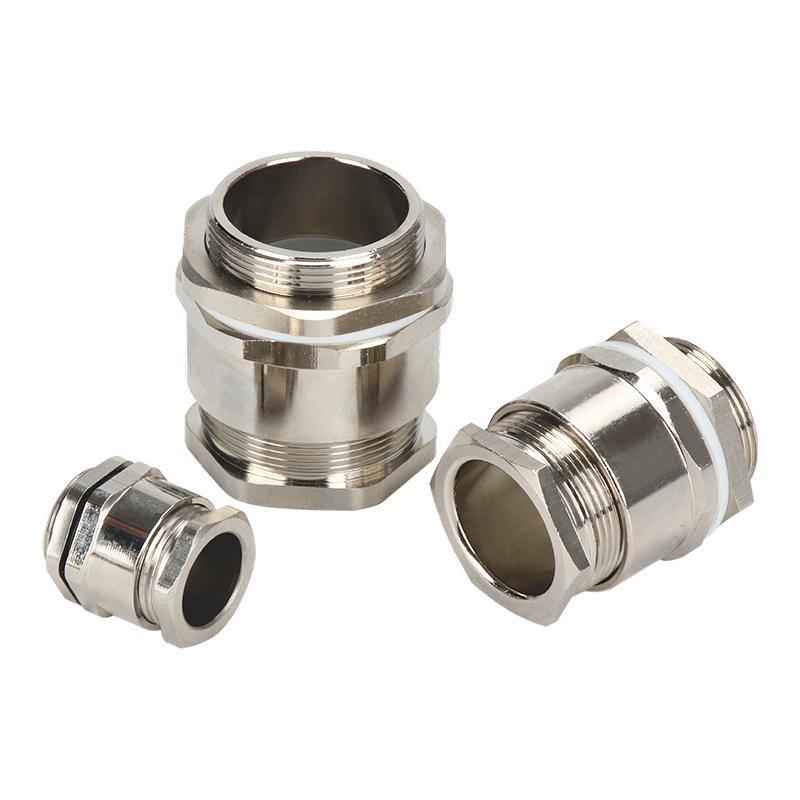Plastic materials are also commonly used in waterproof cable splices, especially in combination with rubber or silicone. While plastics such as polyvinyl chloride (PVC) and polyethylene (PE) may not provide the same level of sealing as rubber or silicone alone, they offer additional structural support. These plastics provide rigidity and mechanical protection, shielding cables from physical damage caused by impact or abrasion. In addition, plastics can be molded into various shapes, which helps create custom waterproof cable splices for specific applications. For instance, plastics are often used for protective outer casings or insulative coatings, ensuring that the splice is not only waterproof but also insulated from electrical interference.

